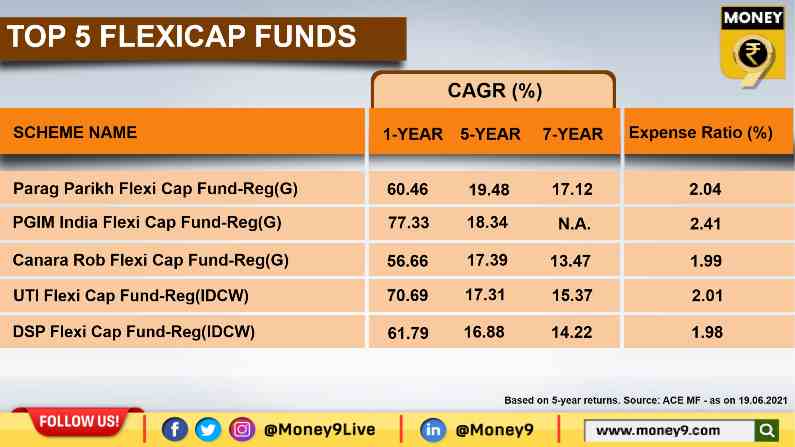Are flexicap funds good for your portfolio?
Flexicap funds invests in companies across the market capitalisation spectrum, i.e. largecap, midcap, and smallcap stocks

Intrigued by the daily headlines of markets hitting new highs and thinking to invest some money but are confused whether to invest in largecap or punt on midcap or smallcap stocks. Well, then flexicap funds can be your answer. These funds invest in companies across the market capitalisation spectrum, i.e. largecap, midcap, and smallcap stocks. They are also referred to as diversified equity funds.
Advantages of flexicap funds
Through a flexicap fund, investors can diversify their investment portfolio across companies of different market capitalisation, mitigating risk and lowering volatility.
Unlike midcap or smallcap funds where the funds focus on stocks based on market capitalisation, flexicap funds can invest in any company irrespective of the company’s market capitalisation.
The fund manager assesses the growth potential of various companies regardless of their size and invests the money across various market segments and companies. Based on an in-house market capitalisation allocation model, these funds have room for dynamic investing across large, small and mid-cap funds, with a minimum required investment of at least 65% of total assets in equity instruments. This helps to capitalize on investment opportunities across the market spectrum.
These funds also balances the risk and return aspects pretty well due to a diversified portfolio.
With so much to offer investors are queuing to invest in these funds. Association of Mutual Funds of India (AMFI) data validates this as investors pumped in close to Rs 1,400 crore into these funds in the first two months (i.e. April & May) of the current financial year.
Understanding the risks
Now that you have understood the benefits of flexicap funds, let’s look at the risks. Since the schemes invest in midcap & smallcap stocks they tend to be riskier than largecap. The fund manager of a flexicap fund can increase his exposure to mid and small-scale enterprises in a robust economic environment to benefit from earnings. He can also choose to transfer investor money from mid-cap companies’ stocks to large-cap companies to take cover if he expects extended downtime. That’s why you might find volatility in this fund segment.
Best performing focused funds
Here is a look at the top five flexicap funds:

Top-performing flexicap funds
Tax implications
When you redeem the units of a Mid Cap Fund, you earn taxable capital gains. The rate at which you will be taxed depends on the period for which you stayed invested in the scheme – the holding period. The tax rates are as follows:
Short Term Capital Gain (STCG) – A holding period of up to one year. STCG is taxed at 15%.
Long Term Capital Gain (LTCG) – A holding period of more than one year. There is no tax on LTCG of up to Rs. 1 lakh. Above this amount, LTCG is taxed at the rate of 10% without the benefit of indexation.
(Disclaimer: The above list is for informational purpose only. Before investing, please consult your financial adviser.)

